Tsing Yi Three Incenses
"Tsing Yi Three Incenses" is nestled in the southern portion of Tsing Yi Island. This vantage point offers close-up views of the Stonecutters' Bridge, northern Tsing Yi, Tsuen Wan, and Kwai Chung. Additionally, one can admire more distant sights such as the Tsing Ma Bridge, Ma Wan, Lantau Island, Victoria Harbour, and Lamma Island. This location not only provides a breathtaking mountain view but also affords stunning perspectives of the sunset and nighttime scenes, thus fulfilling multiple visual desires at once! The name "Three Incenses" comes from the three rolling peaks that comprise this location - the North Peak, Middle Peak, and South Peak. These peaks resemble three sticks of incense, hence the evocative name, "Three Incenses."
Photography Guide
Equipment
- General Wide-angle Standard - Telephoto (16-35 / 24-105 / 70-200) (Since there are not many open areas, so there are no ultra-wide angle is needed eg. 10-24)
Time
- Close to evening, leave when it gets dark
Consideration
- When you pass mountain tombs on the way, out of respect for the ancestors, try not to take pictures in that area.
- Don't forget to bring a torch for the descent once it gets dark.
- Beginners are advised against descending the mountain from Chun Fa Lok (春花落); it's safer to retrace your steps for the return journey. It's recommended to have experienced individuals accompany you.
- While there are numerous branching paths, they are all marked with clear instructions. Ensure to follow these directional signs.
Route
It is suggested to take the following bus to Mayfair Gardens, which is directly at the mountain's entrance. The MTR Tsing Yi Station is too far away and less convenient.
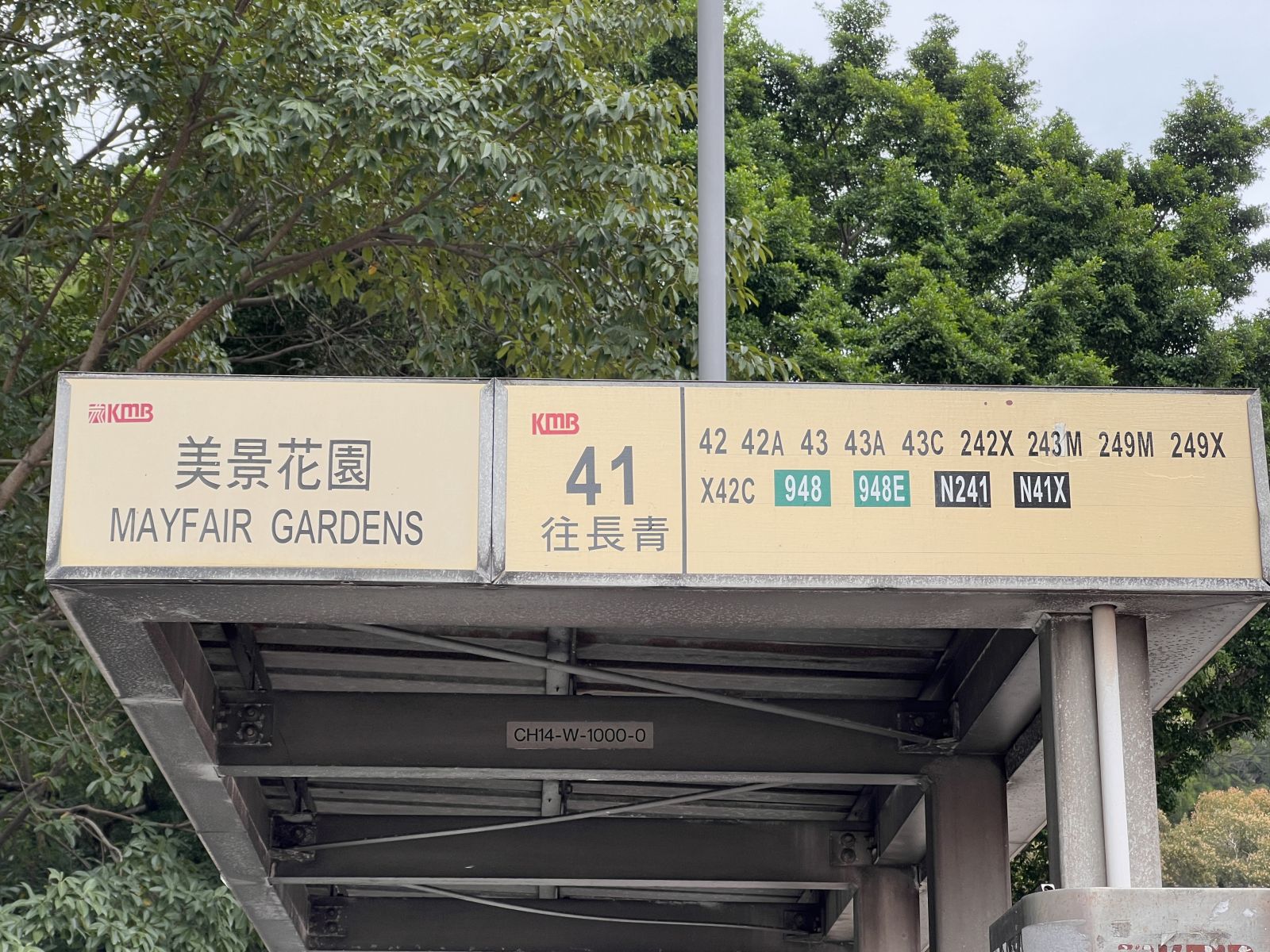
Upon getting off the bus, turn right and proceed straight ahead. The left side of the forked road is the mountain entrance. It would be helpful to check the route map first.
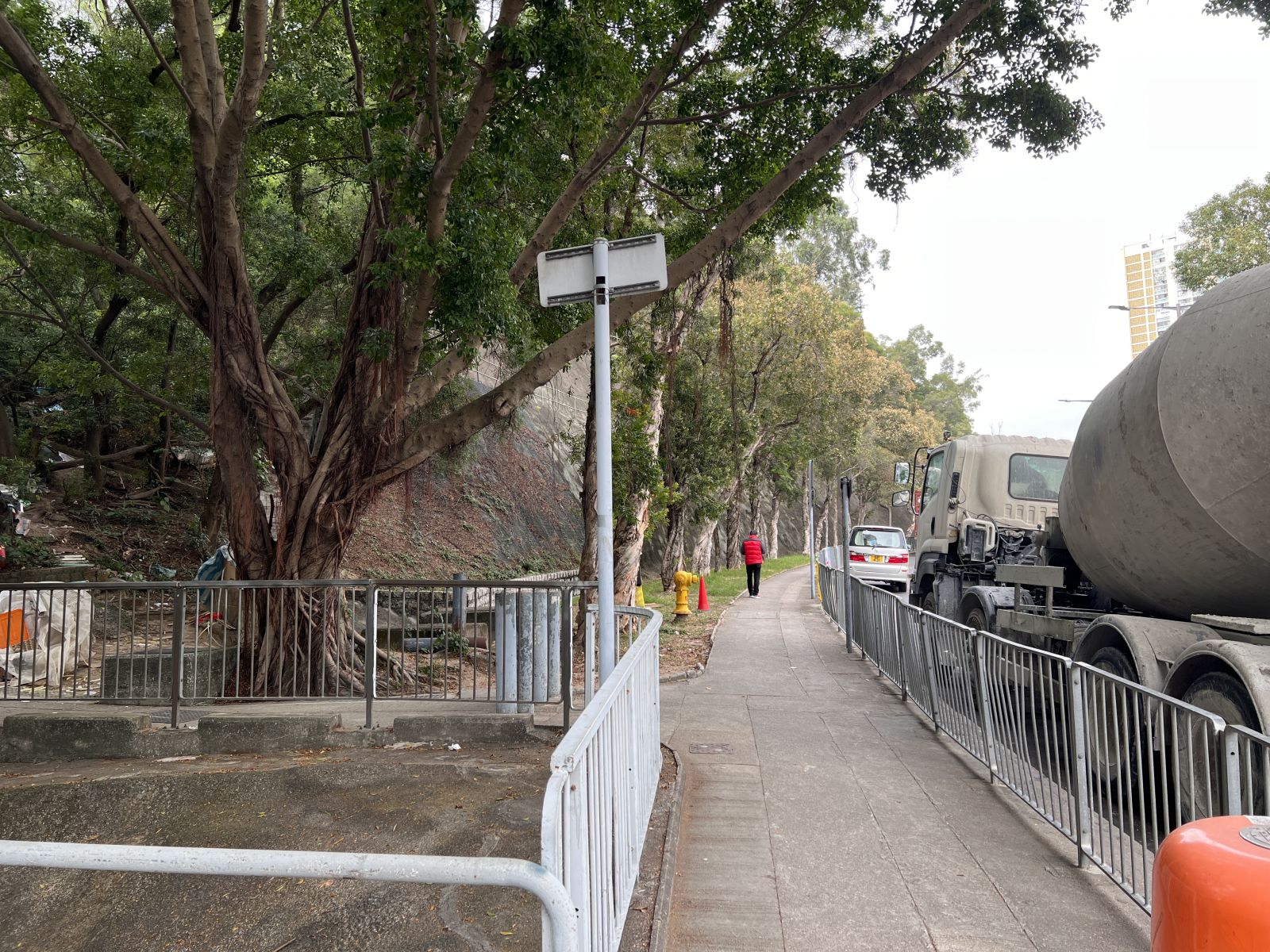
.JPG)
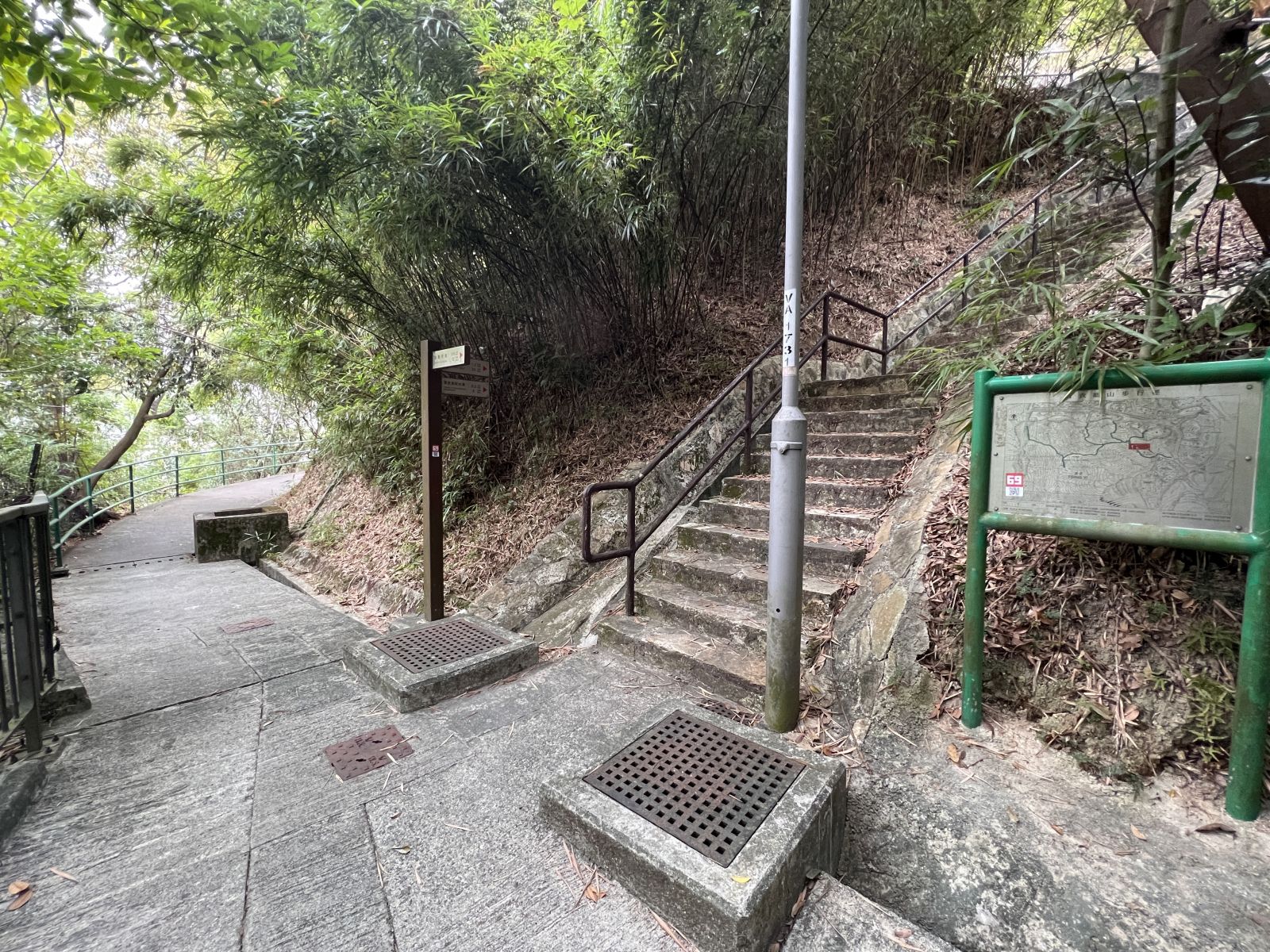
You can choose either direction here, but it's recommended to take the right path as it's more flat.

Go straight to the spot shown in the photo below. Pay attention to the map, you need to turn left as turning right is down the mountain
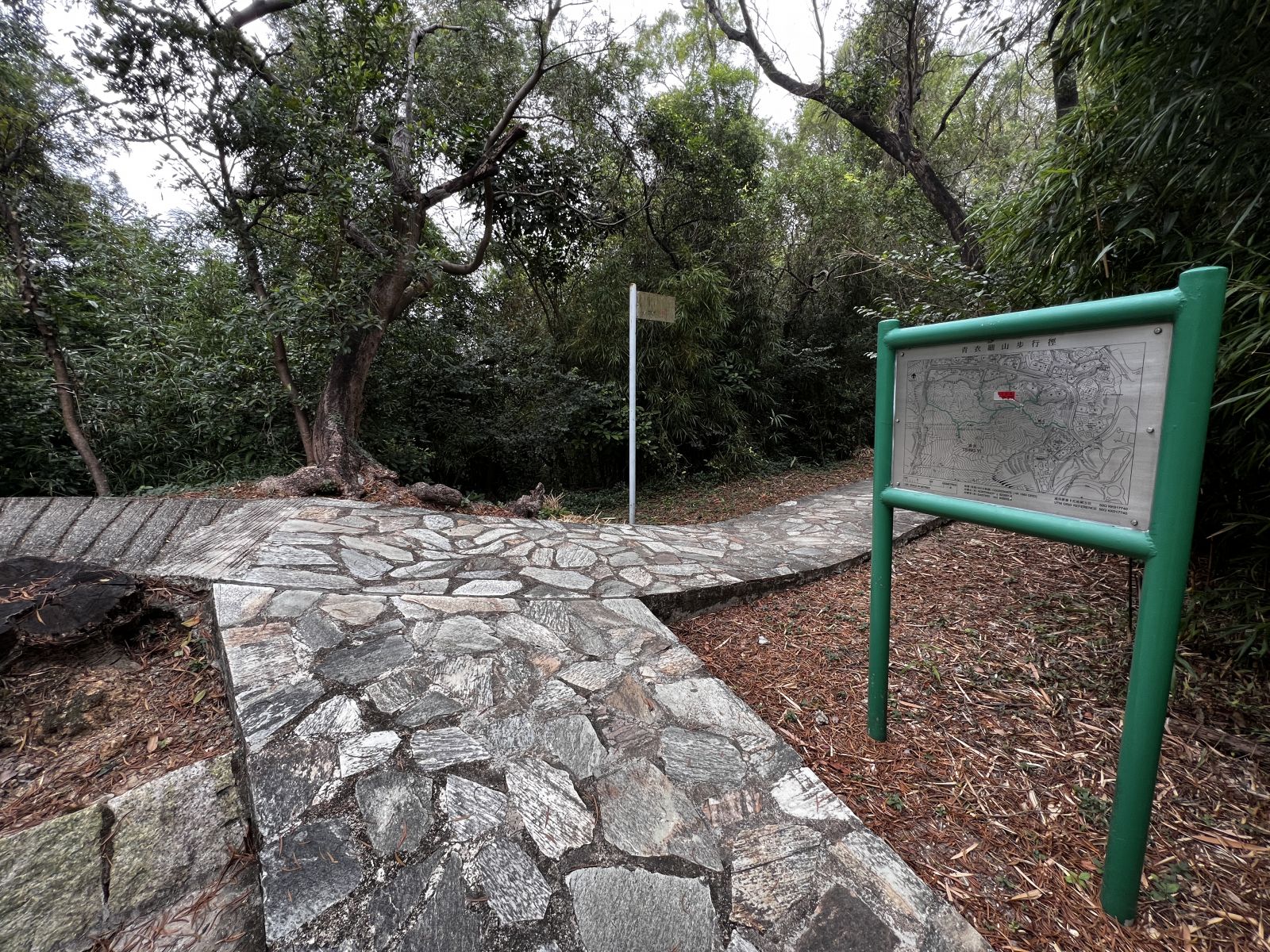
Keep walking and pay attention to the map. Turn right here
.JPG)
At the fork in the road, make a left and continue to climb upwards.
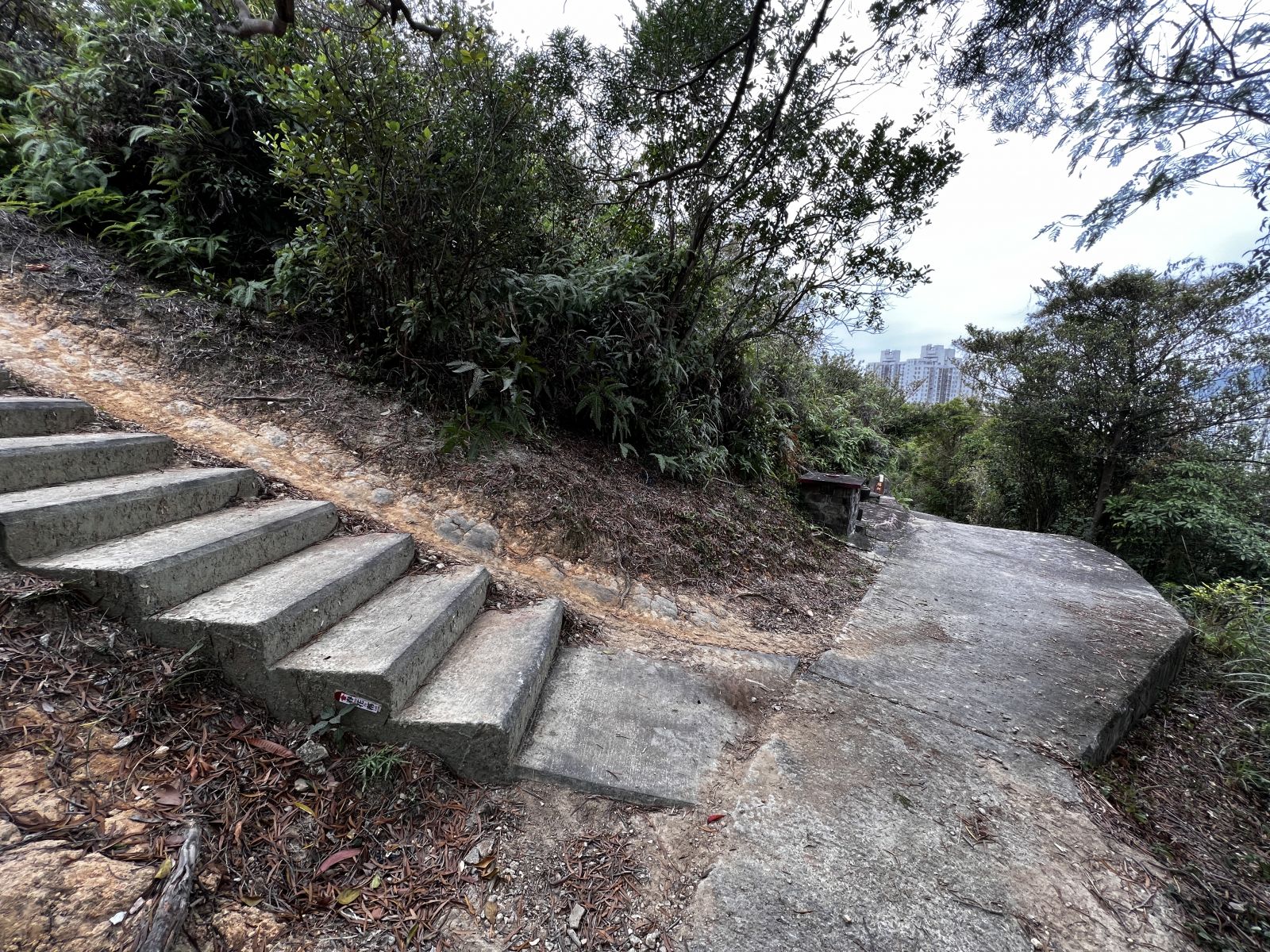
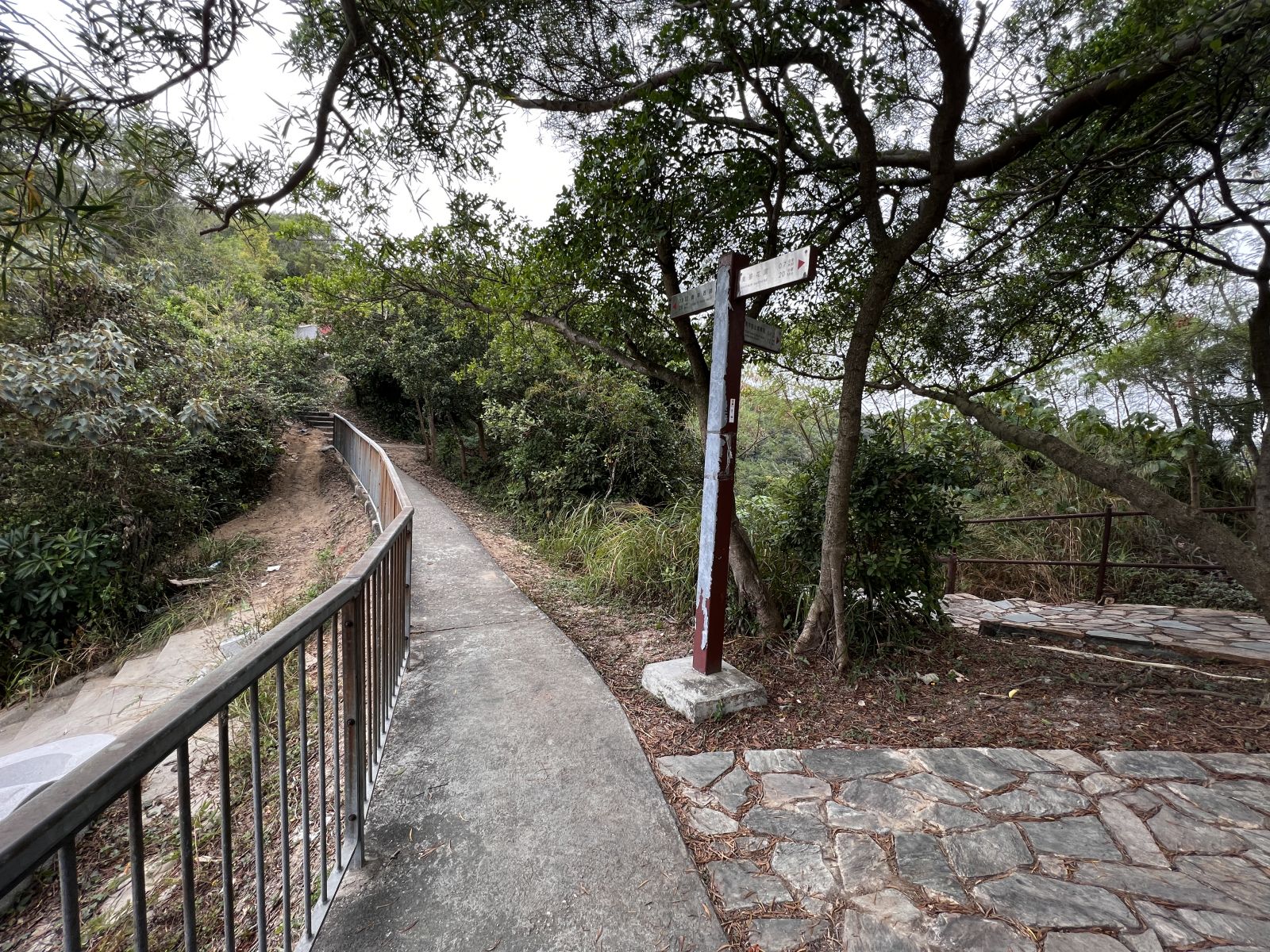
Along the way, you will encounter spots with elevation markers, representing the North, Middle, and South peaks respectively.
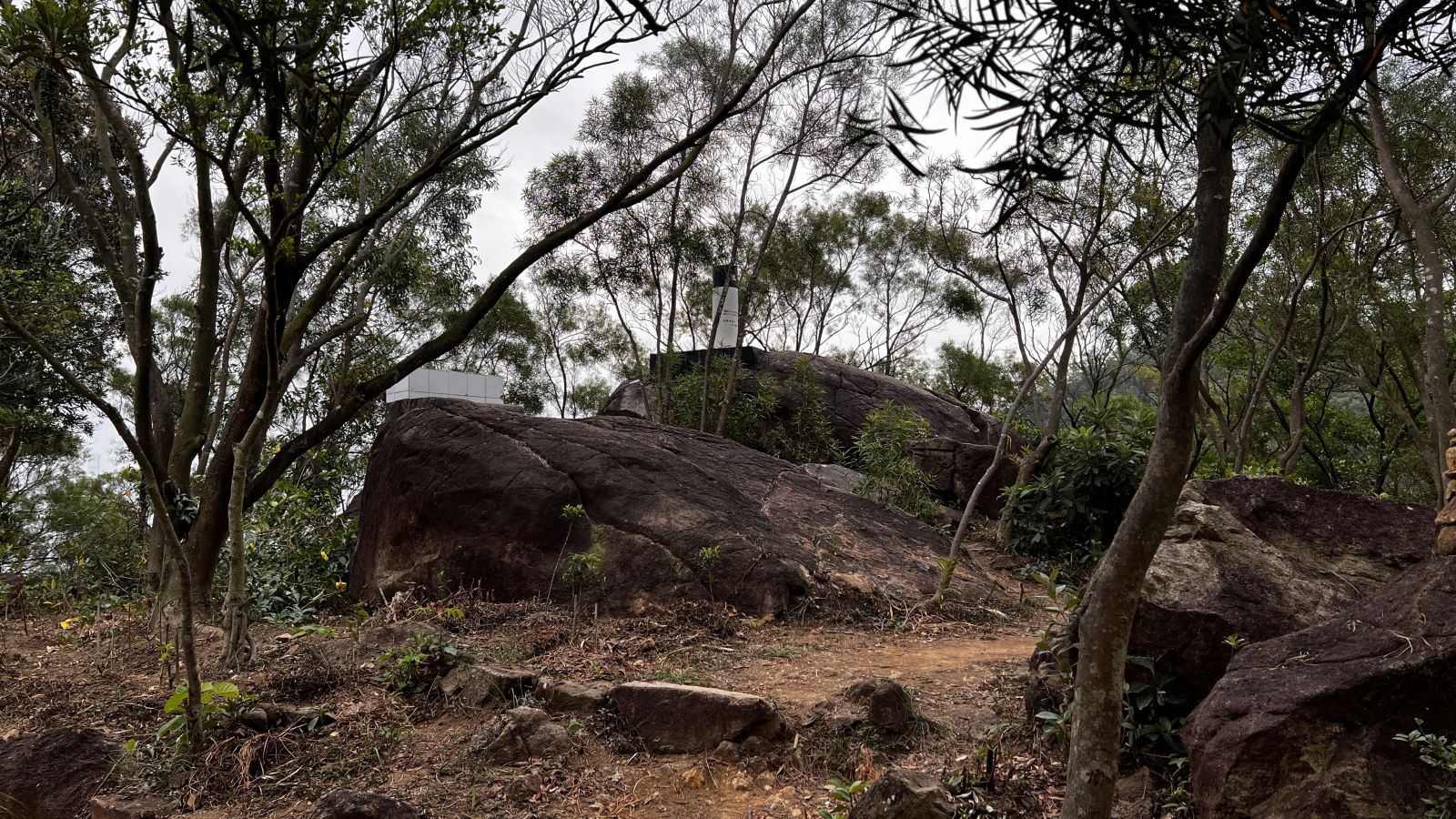
After some time, you will see a monument. This is roughly the endpoint and the location for taking pictures of your journey.
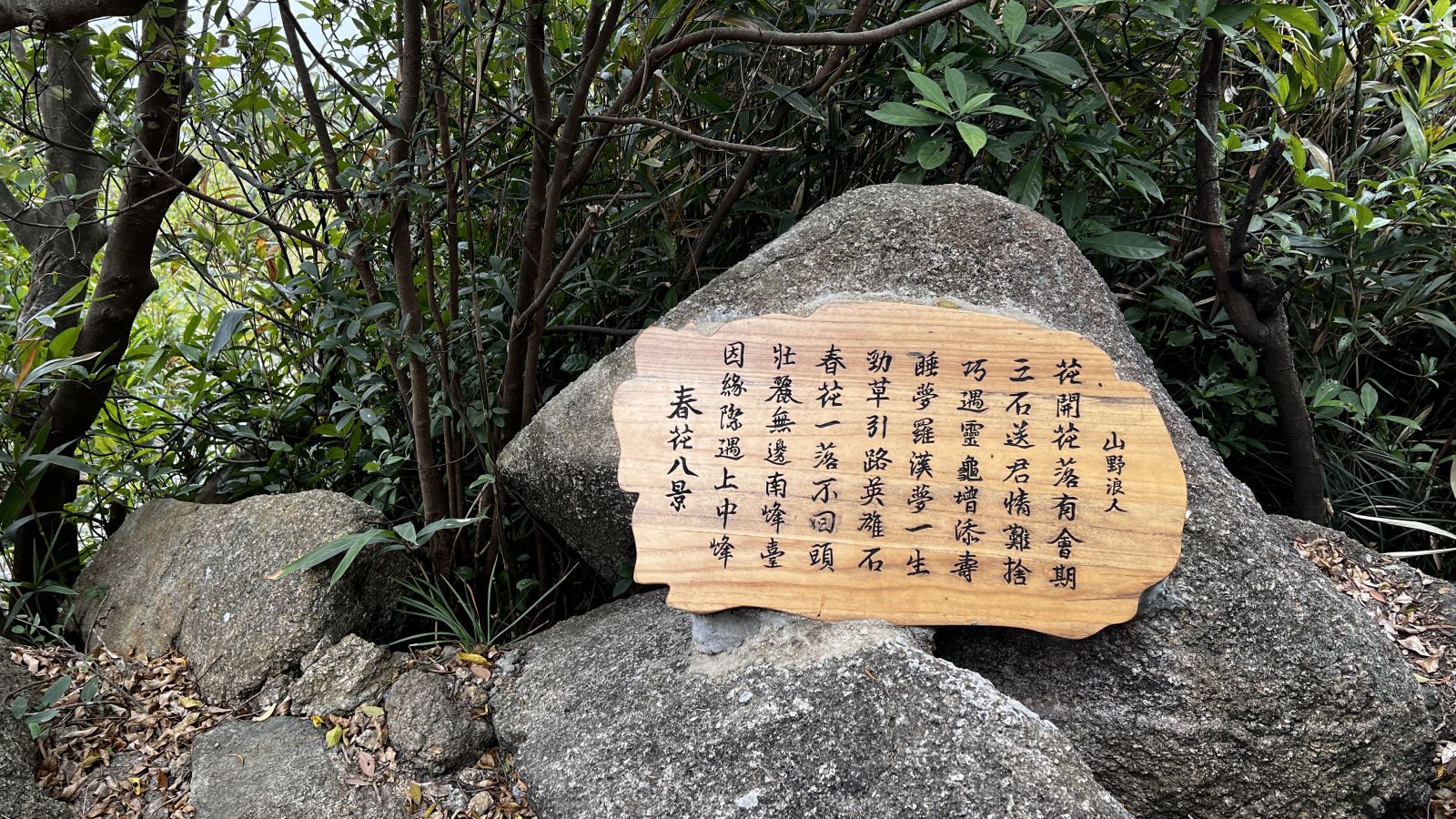
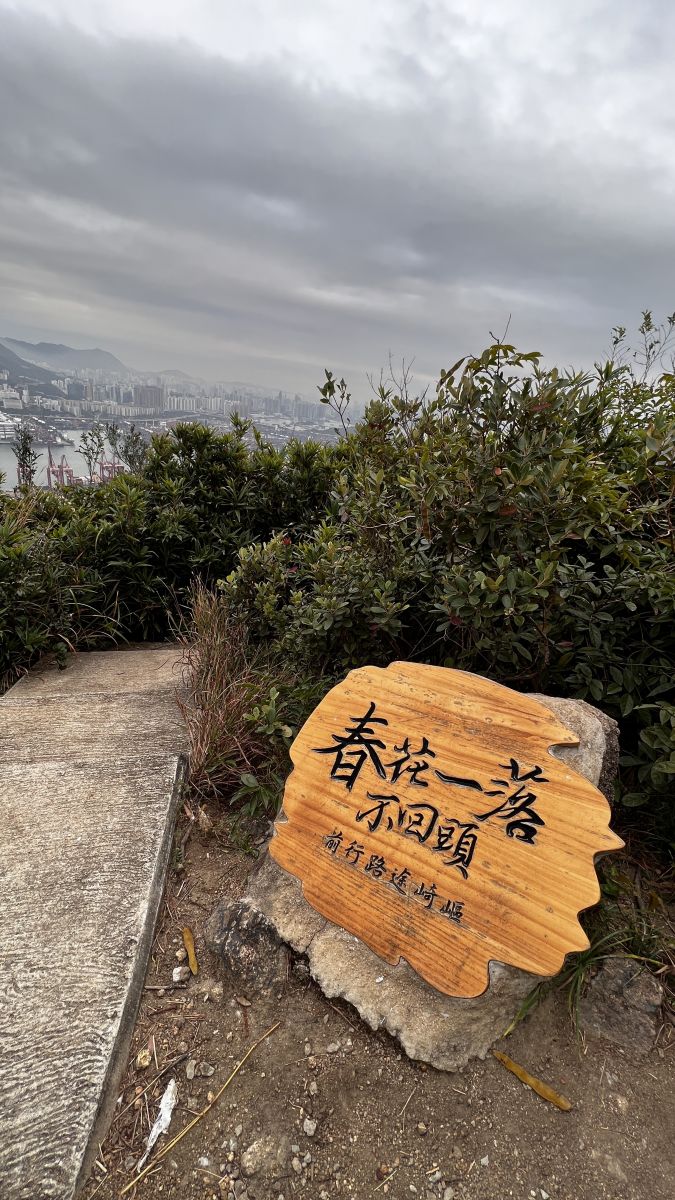
Shooting References
Most parts of the journey can be captured using a mobile phone, as only the open view at the endpoint is the key. Recommend using a telephoto lens to take close-ups of the city.
Phone Shooting
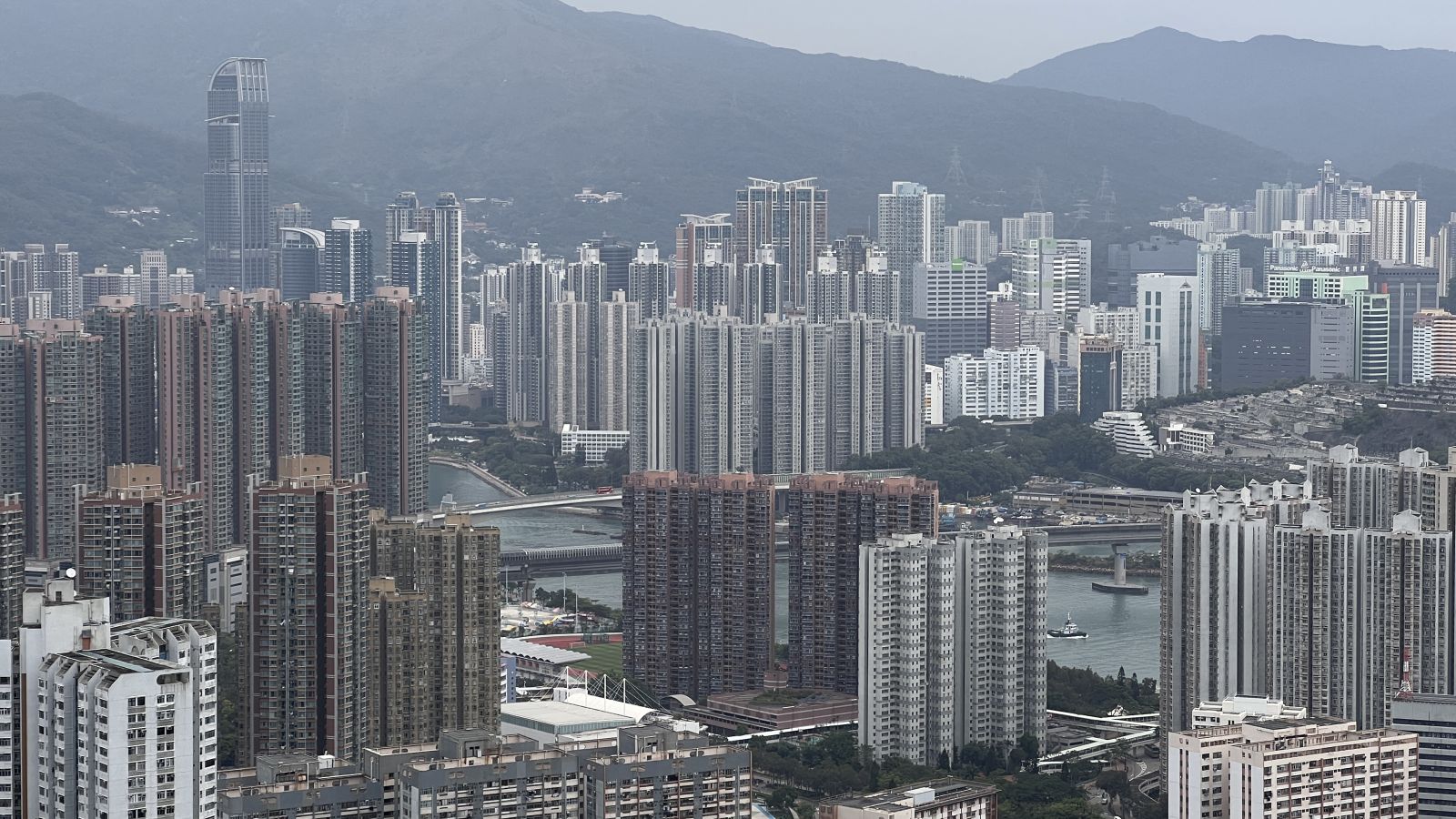

Near the endpoint at Chun Fa Lok, you can photograph the container terminal and the Kowloon mountain range.

If your phone has a powerful night mode, you can try shooting the night view as well.
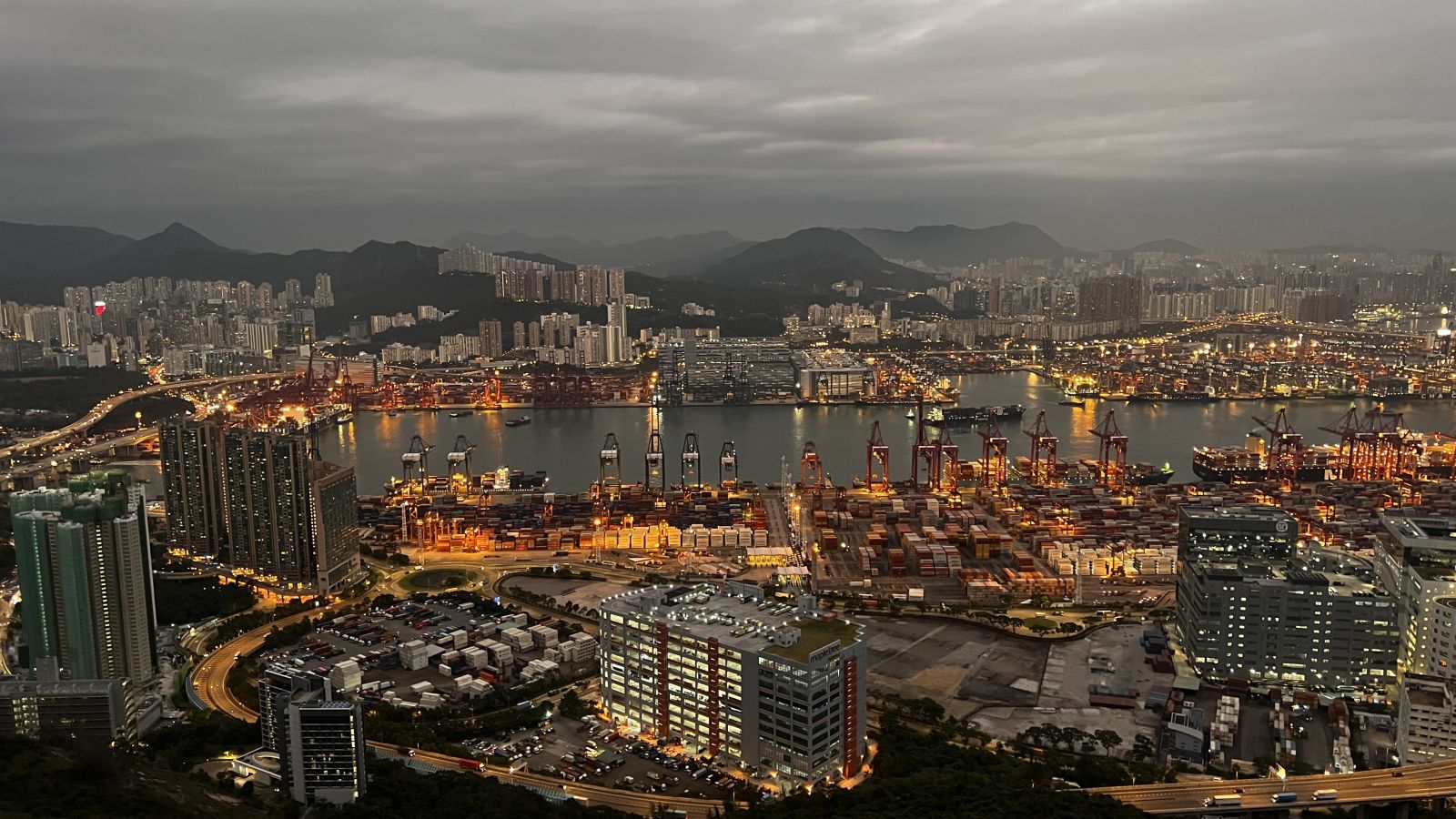
Camera Shooting
This is not a sunset spot, but the open scenery is similar to Lion Rock as you can capture the night view of the Kwai Tsing District. Especially when you are facing the Stonecutters' Bridge. When the phone's night mode is not enough, it's time to use the camera.
Use the compression effect of a telephoto lens to bring the distant Hong Kong Island closer.

Vertical shots can focus only on the bridge itself.

Conclusion
- If you want to challenge Chun Fa Lok, it is advised to finish the journey before it gets dark as certain paths require the use of both hands and feet for stability.
- Ensure to bring a tripod if your aim is to capture night scenes.
- Although there isn't a view of the sunset in this eastward-facing location, you can witness a sunrise.
- The most secure method to avoid getting lost is to return via the same route, however, note that you will need to pass by the hill tomb once again.
- The optimal spot for night photography is towards the left of the large stone situated at the end of Chun Fa Lok. This location is relatively risky, so it's important to evaluate your comfort and safety. It's not recommended for those who have a fear of heights.









